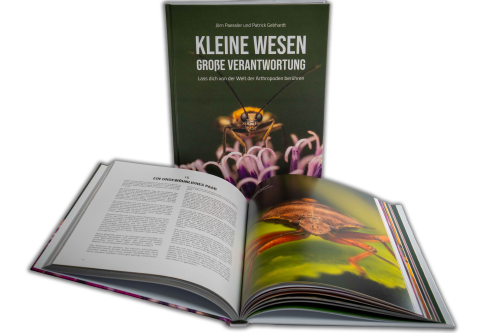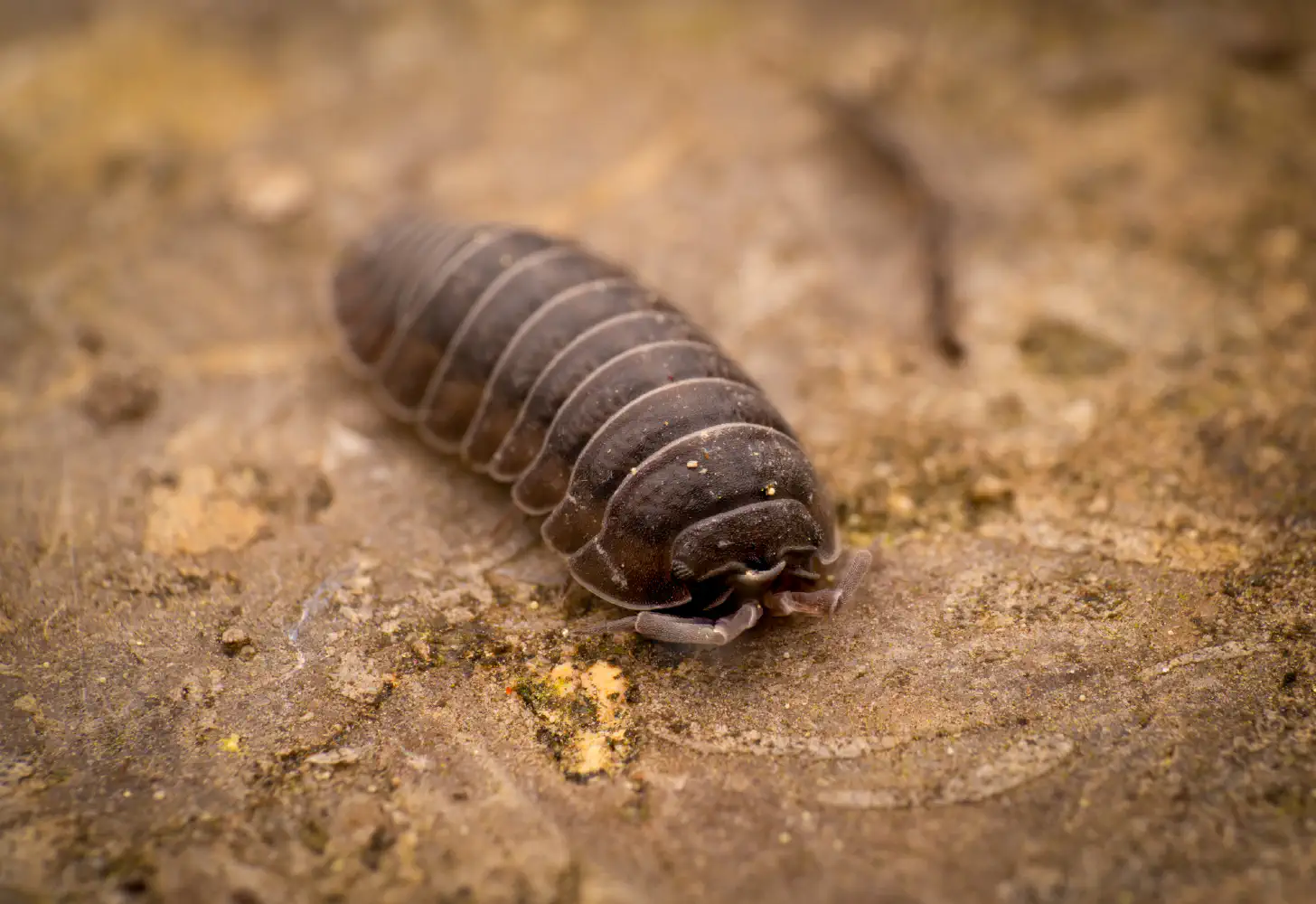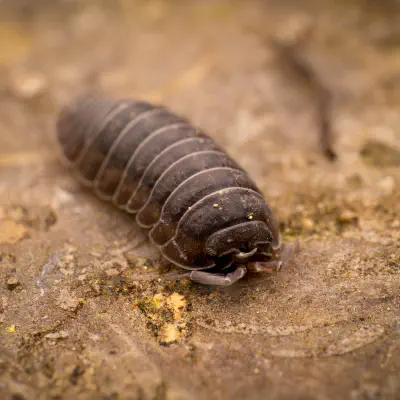Pill Woodlice Lat. “Armadillidiidae“
Armadillidiidae is a family of woodlice, a terrestrial crustacean group in the order Isopoda. Unlike members of other woodlouse families, members of this family can roll into a ball, an ability they share with the outwardly similar but unrelated pill millipedes and other animals. This ability gives woodlice in this family their common names of pill bugs, roly polies, Butchy-Boys, or doodle bugs. The best known species in the family is Armadillidium vulgare, the common pill…
Ecology and behavior
Pill bugs in the family Armadillidiidae are able to form their bodies into a ball shape, in a process known as conglobation. Conglobation has evolved independently in several families; this behaviour is shared with pill millipedes (which are often confused with pill bugs), armadillos, cuckoo wasps, and some extinct trilobites. It may be triggered by stimuli such as vibrations or pressure, and is a key defense against predation; it may also reduce respiratory water losses. This defense mechanism is possible because of their segmented body structure. Armadillidiidae have overlapping plates called tergites that are connected by flexible joints. The tergites allow the body to roll up inwards. To roll up, they have muscles called pleopods that contract the abdominal tergites inwards. The diet of pill bugs is largely made up of decaying or decomposed plant matter such as leaves and, to a lesser extent, wood fibers. Pill bugs also eat living plants, especially in wet conditions, sometimes consuming leaves, stems, shoots, roots, tubers, and fruits. Some species of pill bugs are known to eat decaying animal flesh or feces. They will also eat shed snakeskin and dead bugs, if necessary. This diet has a secondary effect of decelerating the breakdown of litter, aiding in the retention of organic material in the soil. This helps in balancing the carbon content in the soil. Pill bugs also contribute to their ecosystem as detritivores. However, pill bugs can be serious pests in certain agricultural systems, particularly in areas that are prone to heavy rains and flood conditions. Since they are attracted to decaying plant matter, they are often found on farms eating the crop residue. This leads pill bugs to start eating emerging seedlings. This has started to pose agricultural problems in Southern Australia. Farmers in the United States and Argentina have also reported increased rates of pill bugs destroying seed oil and soybean crops. They have also been observed eating wood supports in houses, making them a house pest. Pill bugs will feed on numerous crop plants including corn, beans, squash, peas, melon, chard, beet, cucumber, potato, spinach, lettuce, and strawberry, with potential for significant yield loss in strawberry in particular.
Classification
The family Armadillidiidae is differentiated from other woodlouse families by the two-segmented nature of the antennal flagellum, by the form of the uropods, and by the ability to roll into a ball. Within the family Armadillidiidae, 18 genera are currently recognized:
A 2022 study of myrmecophilous populations indicated that these represented a new species of Cristarmadillidium, and three new species within a new genus, Iberiarmadillidium.
External links
Regional maps for the most common American names for this isopod can be found in the results for question 74 of the Harvard Dialect Survey; Archived 2012-01-10 at the Wayback Machine
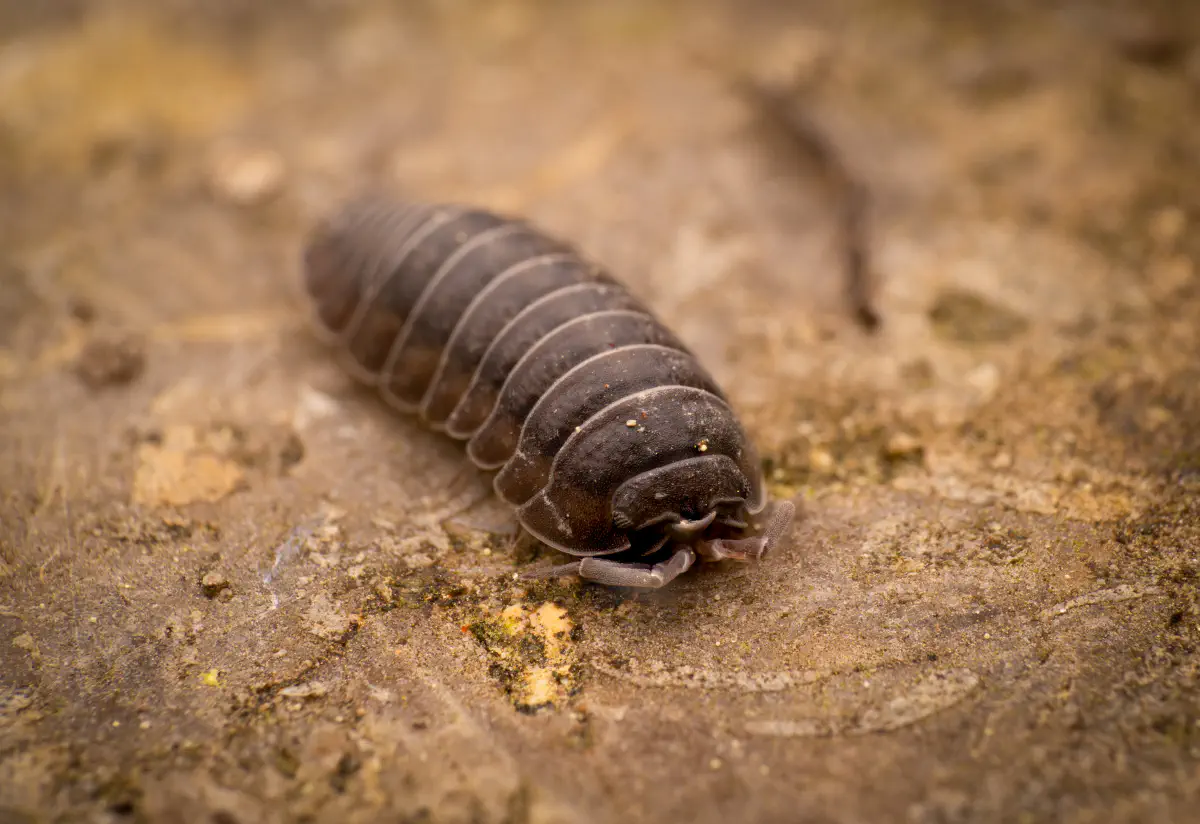
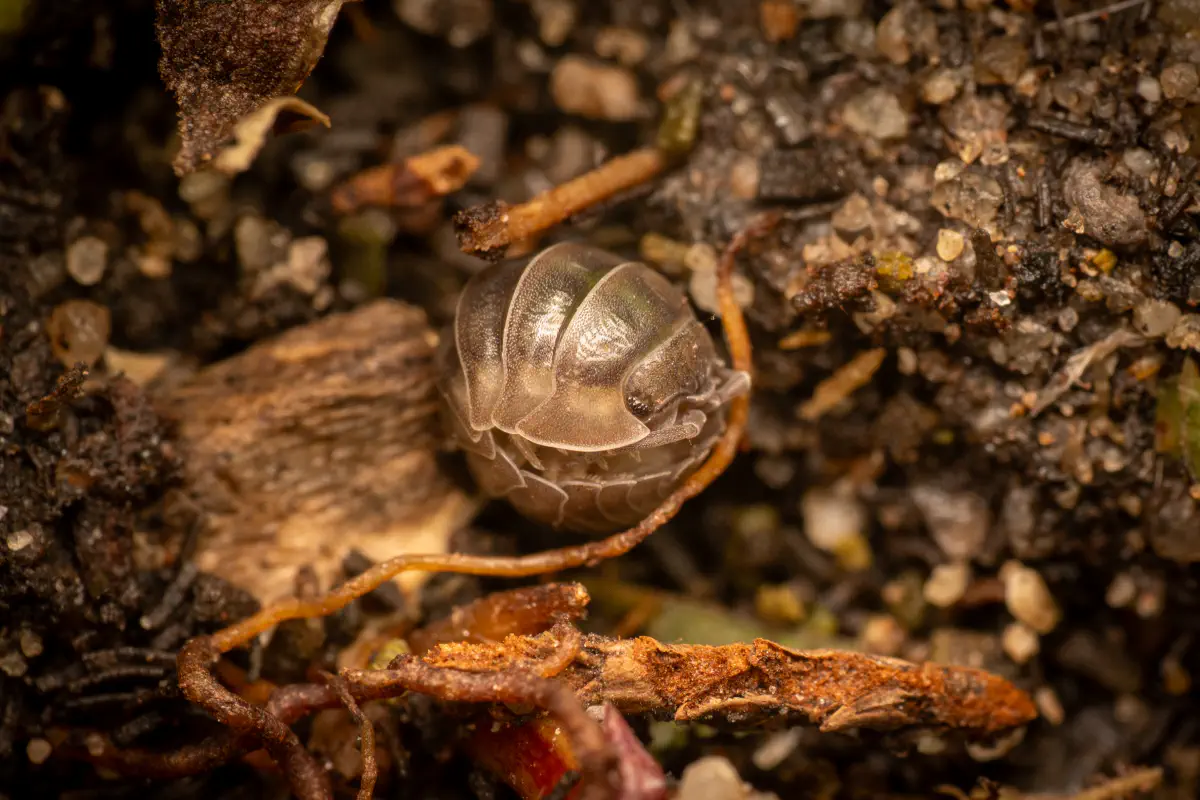
Ancestry Graph
Further Information
„Pill Woodlice“ on wikipedia.org
„Pill Woodlice“ on iNaturalist.org
Copyright

This article uses material from the Wikipedia article Armadillidiidae the free encyclopedia Wikipedia which is released under Creative Commons Attribution-ShareAlike 4.0 International License). On Wikipedia a list of authors is available.

Little beings in print
Order our calendars and books today!
Compiled with love. Printed sustainably. Experience our little beings even more vividly in print. All our publications are available for a small donation.
